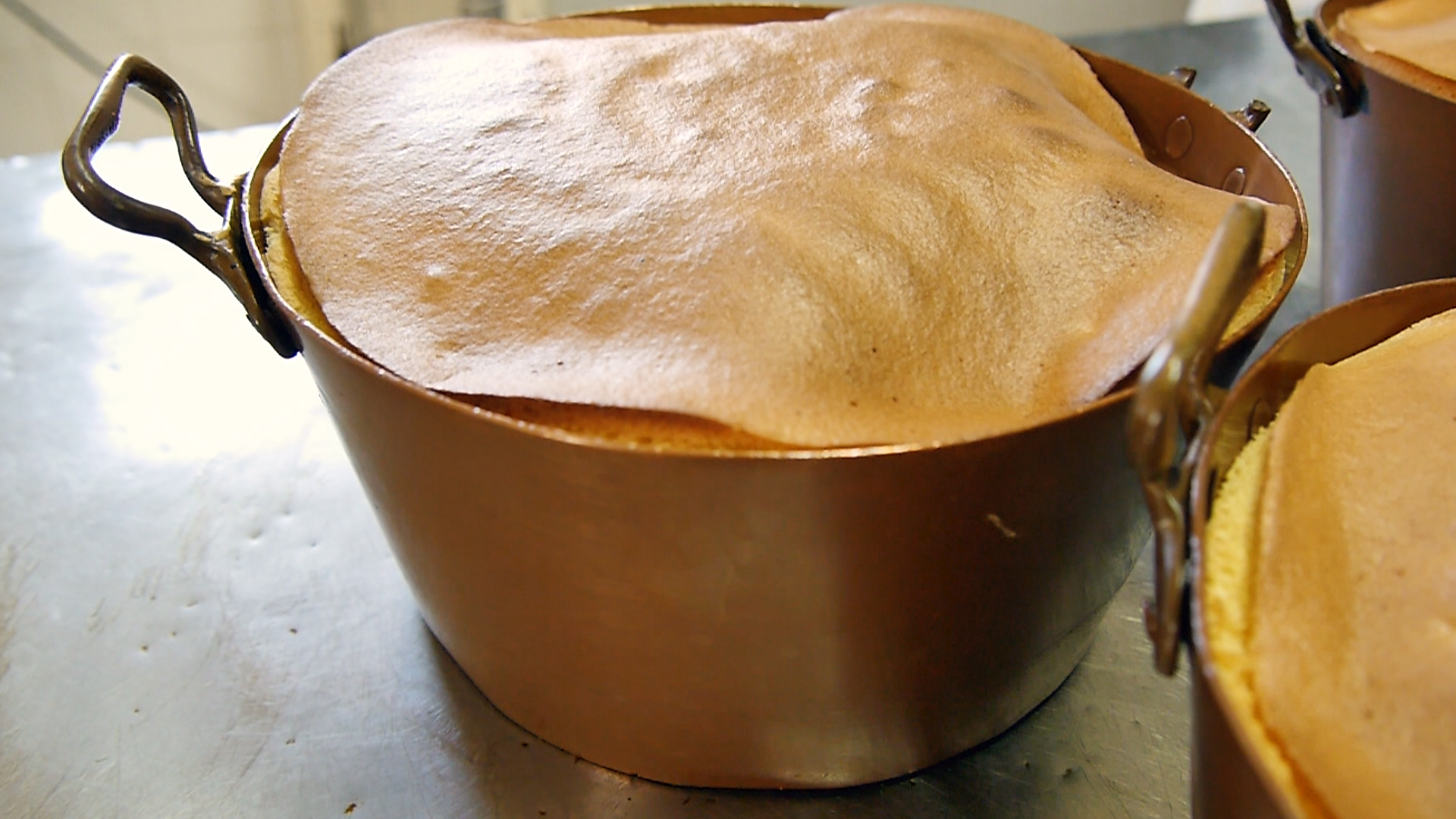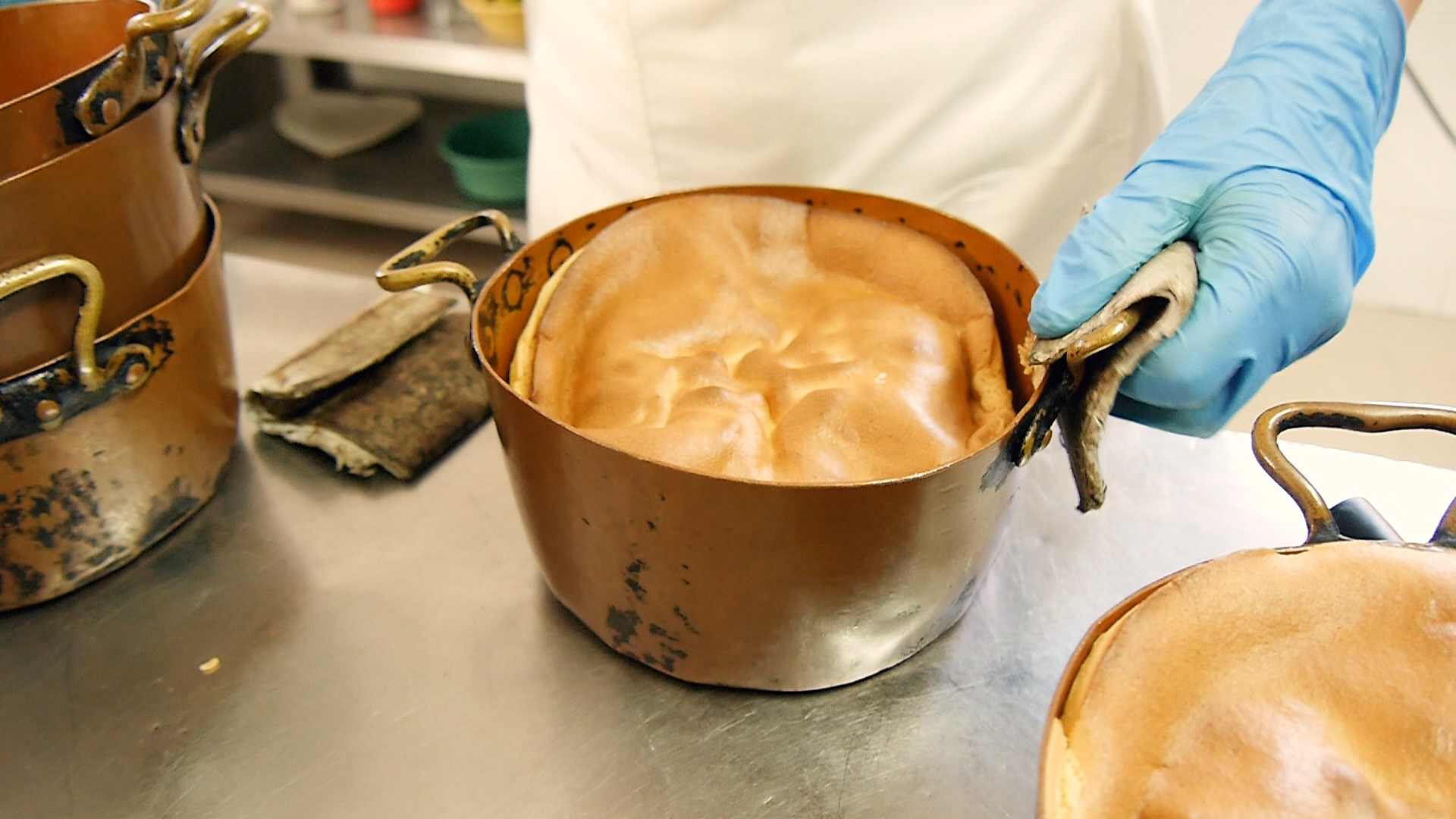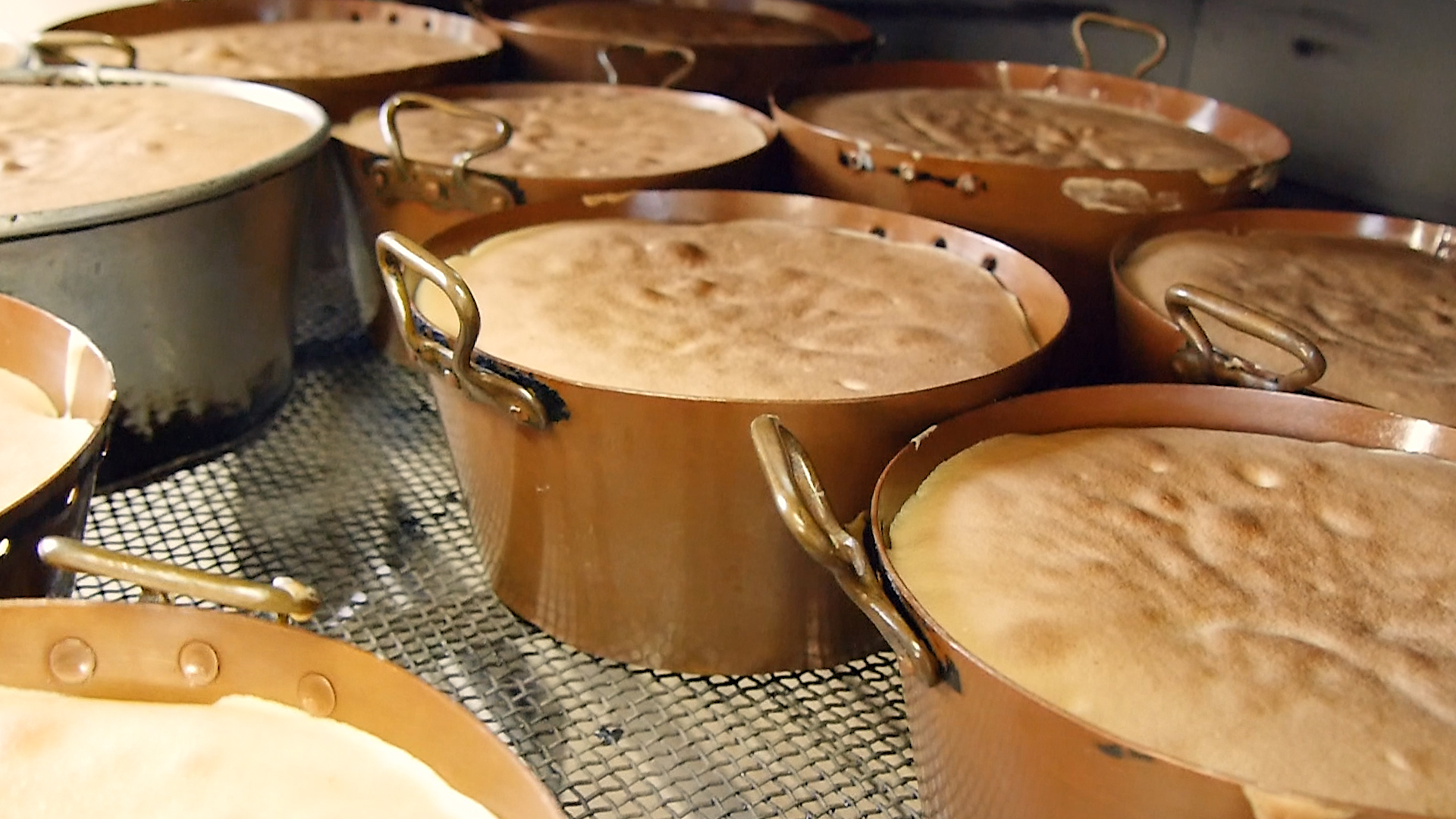Para um paladar pouco atento, os pães-de-ló podem parecer todos iguais, mas todos têm as suas diferenças. Não é por acaso que vários ganharam fama própria. Ao longo da minha investigação sobre a história dos doces em Portugal, fui provando muitos pães-de-ló distintos e é admirável como os mesmos três ingredientes — açúcar, ovos e farinha — resultam numa variedade tão grande.
O pão-de-ló de Alfeizerão, concelho de Alcobaça, é de grande qualidade e tem a característica de ser muito húmido, como o de Ovar, de modo que o melhor é comê-lo à colher. É um dos pães-de-ló mais conhecidos em Portugal desde 1925, tendo beneficiado de uma localização conveniente, entre Caldas da Rainha, São Martinho do Porto, Alcobaça e Nazaré. Em épocas festivas como o Natal, é um doce maravilhoso para servir como sobremesa.
***
For the untrained taste, pães-de-ló (Portuguese sponge cakes) may all seem the same, but each of them has its characteristics. It’s no coincidence that many pães-de-ló gained a fame of their own. As I was researching the history of sweets in Portugal, I was able to taste several different pães-de-ló, and it is remarkable that the very same three ingredients — sugar, eggs and flour — result in such a variety.
The pão-de-ló of Alfeizerão, in the municipality of Alcobaça, is of high quality and has the characteristic of being very moist, like the one made in Ovar, so one should eat it with a spoon. It’s one of the most well-known sponge cakes in Portugal since 1925, and it benefited from a convenient location between Caldas da Rainha, São Martinho do Porto, Alcobaça, and Nazaré. In holidays such as Christmas, it’s a wonderful dessert to have.
PUBLICIDADE





